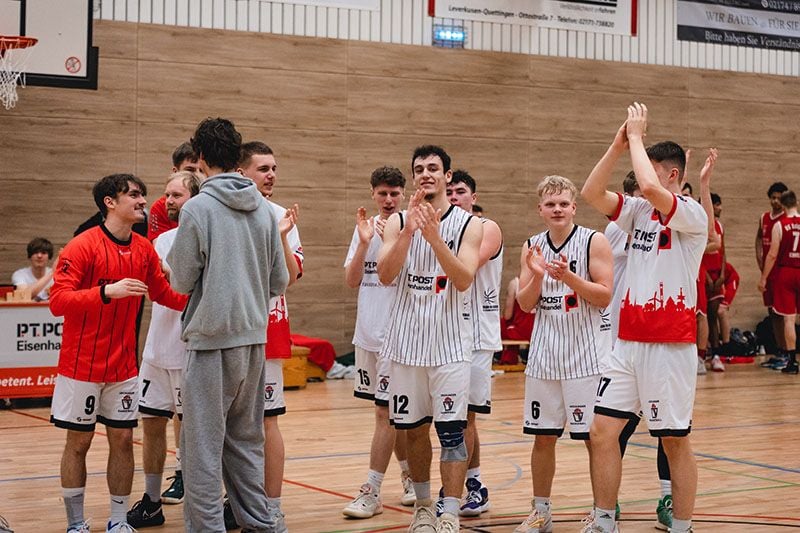3 steps to successful knowledge transfer for succession in voluntary work

Seizing the opportunity to rethink volunteering
- Sports facility management and the utilisation of halls and pitches.
- Agreements and general communication with the city or municipality.
- Organisation of own sporting events.
- Organisation and team registrations for the championship.
- Sponsorship for jerseys, equipment or team trips.
Step 1: Keep calm and analyse the current situation
- What exactly is the timetable until the handover?
- What specific tasks did the volunteer have?
- Are these tasks documented in the organisation?
- Which department is involved? Or were cross-departmental tasks possibly processed?
- Regular (weekly) tasks such as membership applications, training materials, member registrations and cancellations.
- Seasonal tasks such as club events (tournaments or Christmas parties), registration processes with the association (championships), communication with the local authority, training schedules and court utilisation.
- Rare but important tasks such as the annual financial statements, dealing with breaches of the articles of association or documents to be submitted to the tax office (to obtain non-profit status).
Ask the dedicated member to write down their regular, seasonal and infrequent tasks so that you have a rough overview. Experience has shown that the infrequent tasks are often forgotten. However, if you accompany the volunteer over a longer period of time and are available to answer any questions after they have left, you can also hand over and manage the tasks that would otherwise result in an information gap.
- Handwritten notes
- E-mail correspondence
- Documents in folders
- Word or Excel files
- How complex is the task?
- How well is the task documented? In other words, is it clear to outsiders what needs to be done and who the right contact persons are?
- How important is the task?
- How often does the task need to be completed?
- The more departments there are, the more specific knowledge is required and the higher the probability that knowledge is duplicated within the organisation.
- The more people involved, the lower the loss of knowledge.

Step 2: Concretise the schedule
- Membership application: The membership application is a common and mostly standardised task. The task is not complex and is usually well documented. It is important to process the membership application, but the association is not at a standstill if it takes a few days longer or if rookie mistakes are made during processing.
- Annual financial statements: The annual financial statements are a complex task and of enormous importance for the continued existence of the organisation. Documentation is often poor in many associations because documents are not centralised and digital, but are kept in folders at the volunteer's home or at work. However, the task is only completed once a year, so there is enough time to acquire the knowledge.



.png)









































































